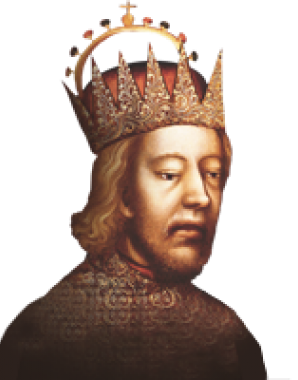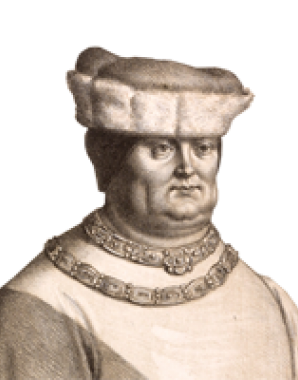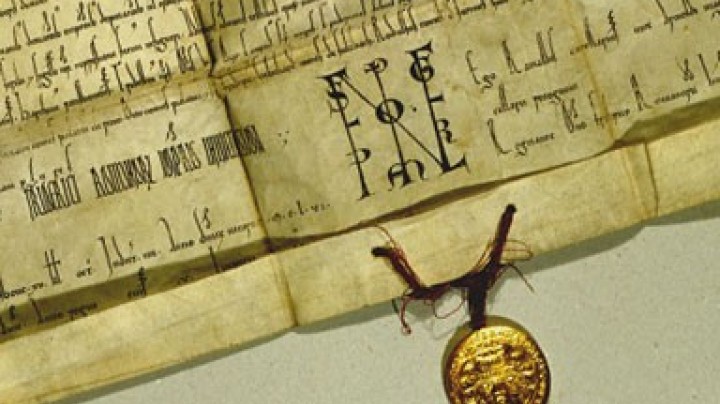How the Habsburgs conquered the Alps
During the fourteenth century the Habsburgs succeeded in expanding their power base in the eastern Alpine region through a shrewd policy of alliances. The year 1335 saw Carinthia and Carniola coming under Habsburg rule, to be joined in 1365 by Tyrol. The key figure in these alliances was Margaret Maultasch or Margaret of Tyrol.
Margaret (1318–1369) was the only daughter of Henry of Carinthia-Tyrol, and as his sole heir was much courted. She came from the Tyrolean line of the counts of Gorizia, also known as the Meinhardins. During the course of the twelfth and thirteenth centuries this dynasty established extensive domains in the eastern Alps that included Carinthia and Carniola as well as Tyrol.
The origin of Margaret’s byname Maultasch (‘satchel-mouth’) is unclear. It probably does not refer to a malformation of the mouth, as has been commonly assumed, for Margaret is described in contemporary accounts as extremely beautiful. It was probably a name of opprobrium or an allusion whose exact origin can no longer be ascertained.
At the age of twelve Margaret was married to the nine-year-old John Henry, son of King John of Bohemia, the first Luxembourg on the Bohemian throne. In order to consolidate their power base the Luxembourgs launched a dynamic policy of expansion in Central Europe at the beginning of the fourteenth century. In response, the Albrecht II of Habsburg concluded a secret treaty with the Roman-German king Louis the Bavarian from the Wittelsbach dynasty in 1330 in order to forestall the increase in Luxembourg power. According to the terms of the treaty, after the foreseeable extinction of the Meinhardin dynasty, the Habsburgs would be given Carinthia, Carniola and parts of southern Tyrol, while the Wittelsbachs would receive Tyrol proper.
This secret agreement prevented Margaret from becoming ruler over her patrimonial lands following her father’s death in 1335. Despite support from the house of Luxembourg, Margaret and her husband were forced to relinquish Carinthia and Carniola following an unsuccessful campaign in favour of the Habsburgs in the Peace of Enns in 1336. Margaret’s rule remained limited to Tyrol.
The alliance with the House of Luxembourg came under increasing strain because of tensions in the couple’s marriage. Henry of Bohemia was said to be violent and mentally deficient. The powerful local elites also rejected Margaret’s husband, and he was eventually forced out of Tyrol by the Tyrolean Estates in 1341. The annulment of the marriage became a political issue when the pope refused to confirm it, excommunicating Margaret and her new husband; Margaret had already concluded a second marriage in 1342 with Margrave Louis of Brandenburg, the son of Emperor Louis from the House of Wittelsbach. The excommunication was not rescinded until 1350 following long-drawn-out diplomatic negotiations.
The marriage resulted in a son, Meinhard III, who was married in 1359 to Margaret (1346–1366), a sister of Duke Rudolf IV, with the goal of strengthening Habsburg influence on Tyrol. After Margaret’s husband died in 1361 and her son in 1363, the countess handed over Tyrol to Duke Rudolf IV in 1365 and retired to Vienna, where she died in 1369. She was buried in the Church of the Minorite Friars in Vienna.














